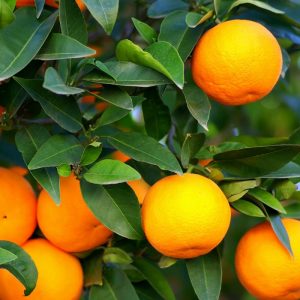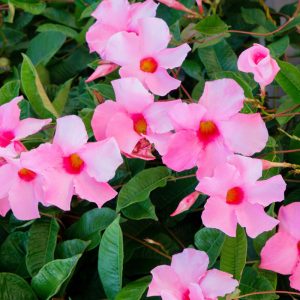Got Deer?

There are many, many lists of plants that are produced by extension services and garden centers such as ours. These list plants that are USUALLY deer resistant. However, none of these lists should be taken as a guarantee. What was not on the menu last year may very well be on the menu this year. If you are new to the area and not sure what the tried and true are, ask your neighbors or take some pictures of things that seem to do well in your neighborhood and bring them in (or email them) and we will be happy to tell you what they are.
Veggies & Herbs
Vegetables & Herbs to plant now are tomatoes, peppers, southern peas, summer squash, cucumber, watermelon, cantaloupe, bush beans, pole beans, collards, eggplant and corn. Easy to grow herbs to plant and use in your recipes are basil, chives, dill, parsley, oregano, thyme, mints, cilantro, rosemary, sage, savory, marjoram, and anise. When you have planted your vegetables or herbs, do not allow new seedlings to dry out. They should be kept moist, but not soaking wet.
Citrus & Fruit

Now is the best time to plant citrus so it has a full growing season to root in before winter. When selecting citrus we recommend that you choose varieties that ripen earlier so the fruit has been harvested by the time we normally get our coldest weather. Different varieties of oranges, such as Naval, Red Naval, Blood Orange, Hamlin and Ambersweet are some of the popular ones. Ruby Red or Flame Grapefruit are prized for their red flesh and relatively seedless nature. Many varieties of Tanerines and tangerine hybrids (such as Honeybell) are also popular. Of course, everyone loves lemons and limes with the most popular lemon being Meyer and limes such as key lime and Persian.
NOW is also the Time to Plant Your Semi-Tropicals Plants!

Plants like Hibiscus, Allamanda, Dipladenia, Ginger, Hawaiian Ti, Bougainvillea, Tibouchina, Croton, Copper Plant, Jatropha, Mandevilla, and Cape Honeysuckle. These beautiful, flowering and colorful foliage plants give an abundance of flowers or bright foliage that make the garden pop. The key to adding a few to the garden is getting them planted right after winter so they have a full growing season to root in. Once they have an established root system, if hit by next winters cold weather, they almost always re-emerge from the roots in spring. Fertilize with a liquid drenching the area well, or use the proper amount of granular, never right on top of the crown of the root ball where burn may occur but away from the crown and water in well. Even though the plant has died back to the ground the established root system below could produce a bushy, blooming plant in no time at all. We always recommend that a minimum 75% of your landscape be cold hardy.